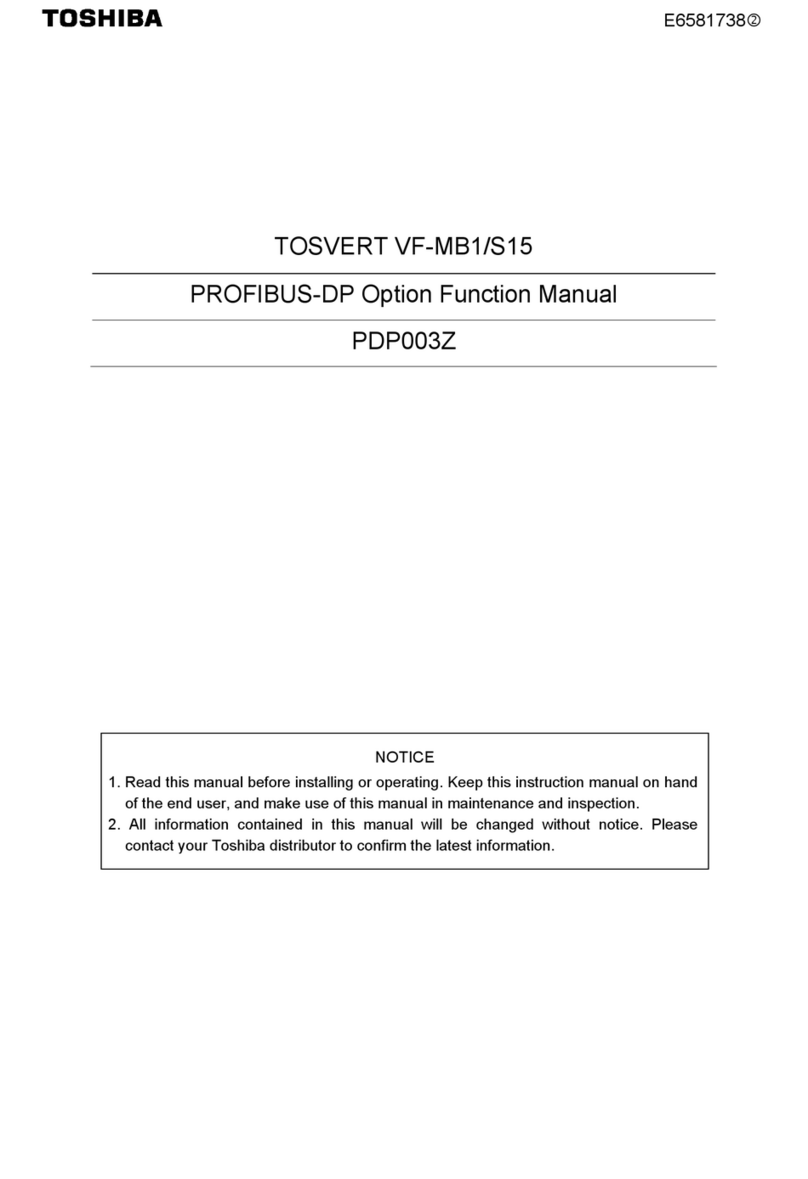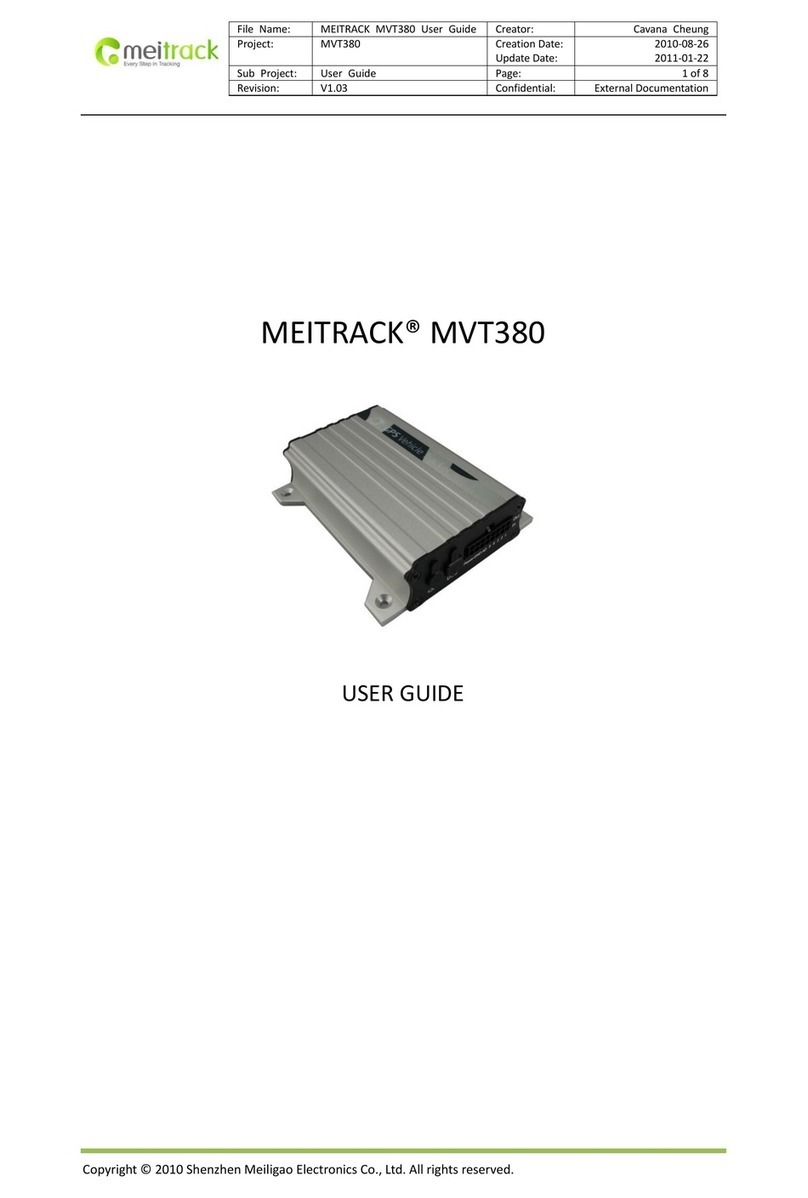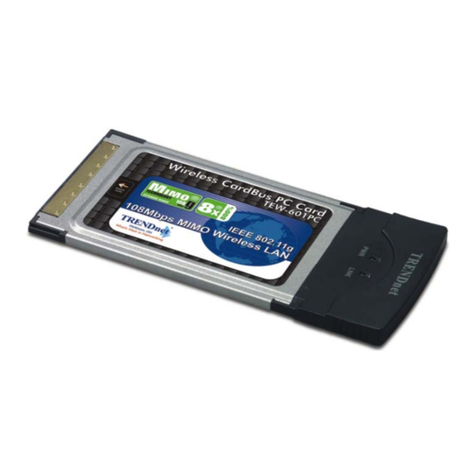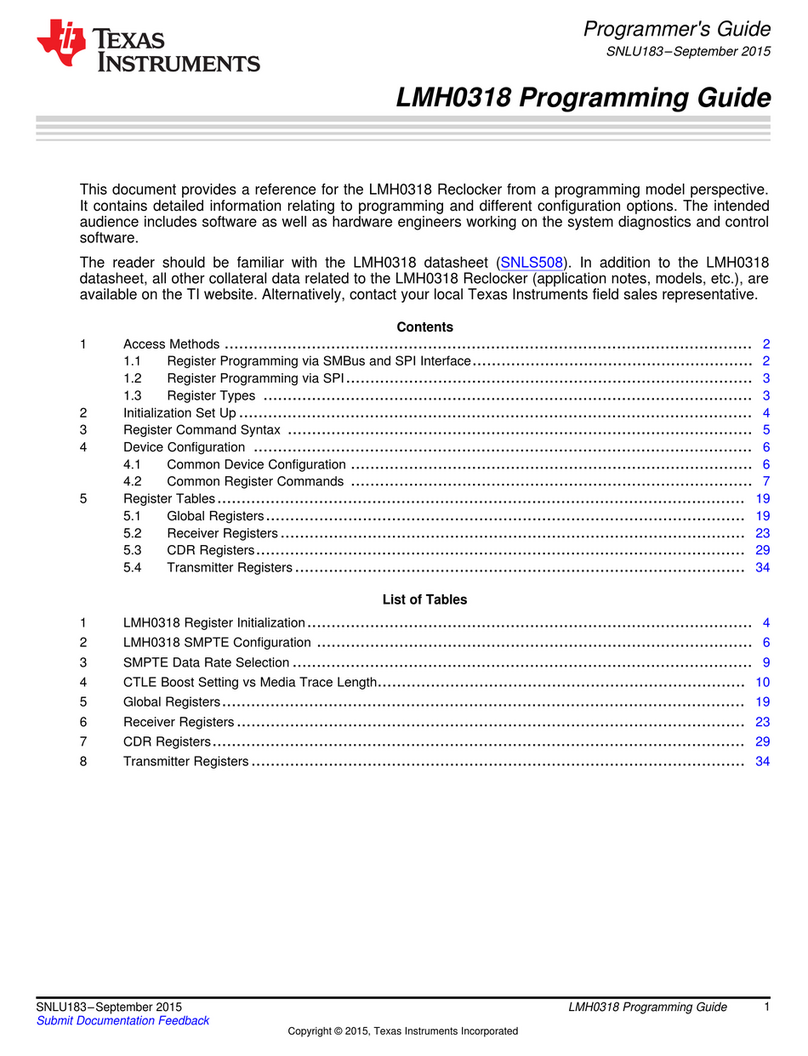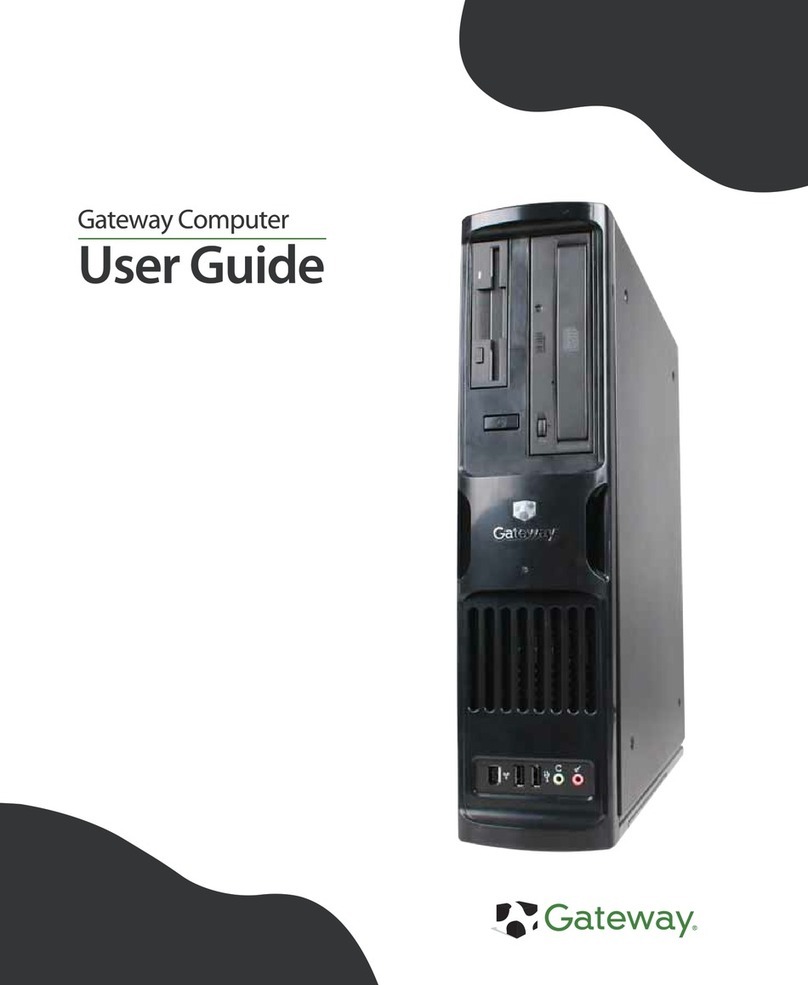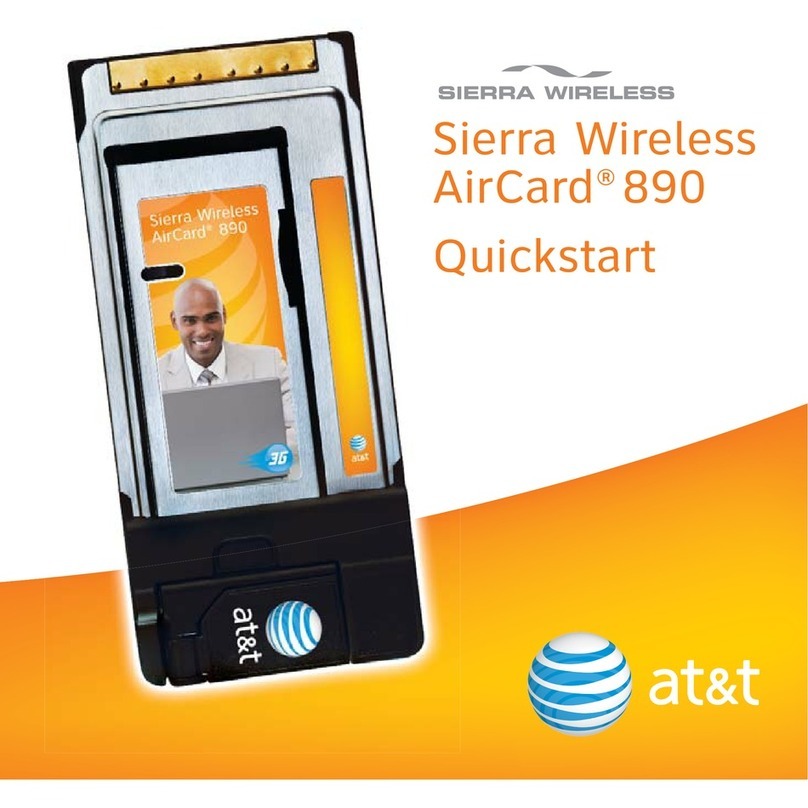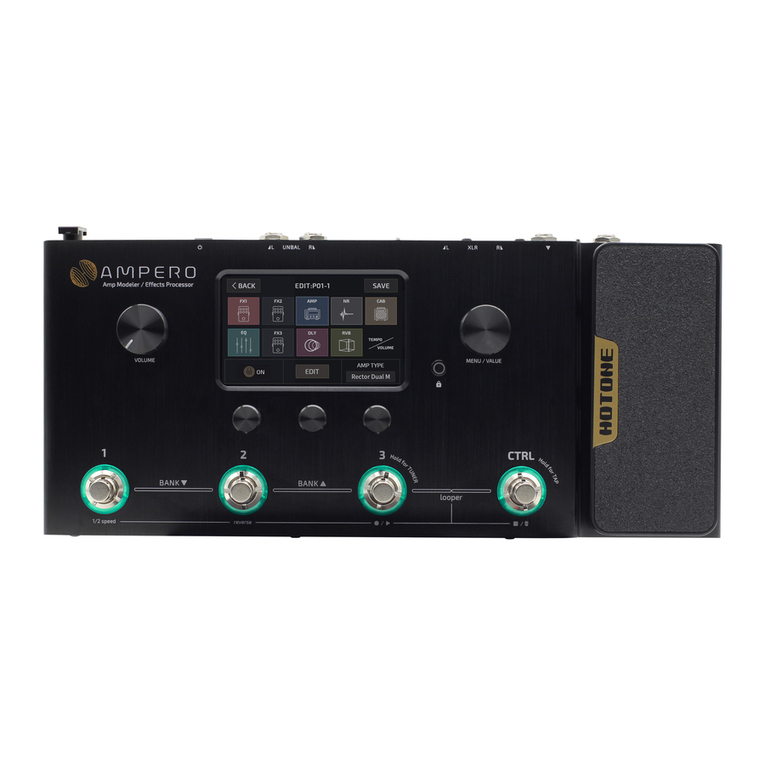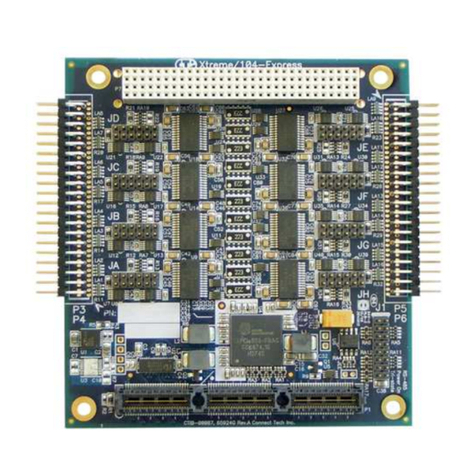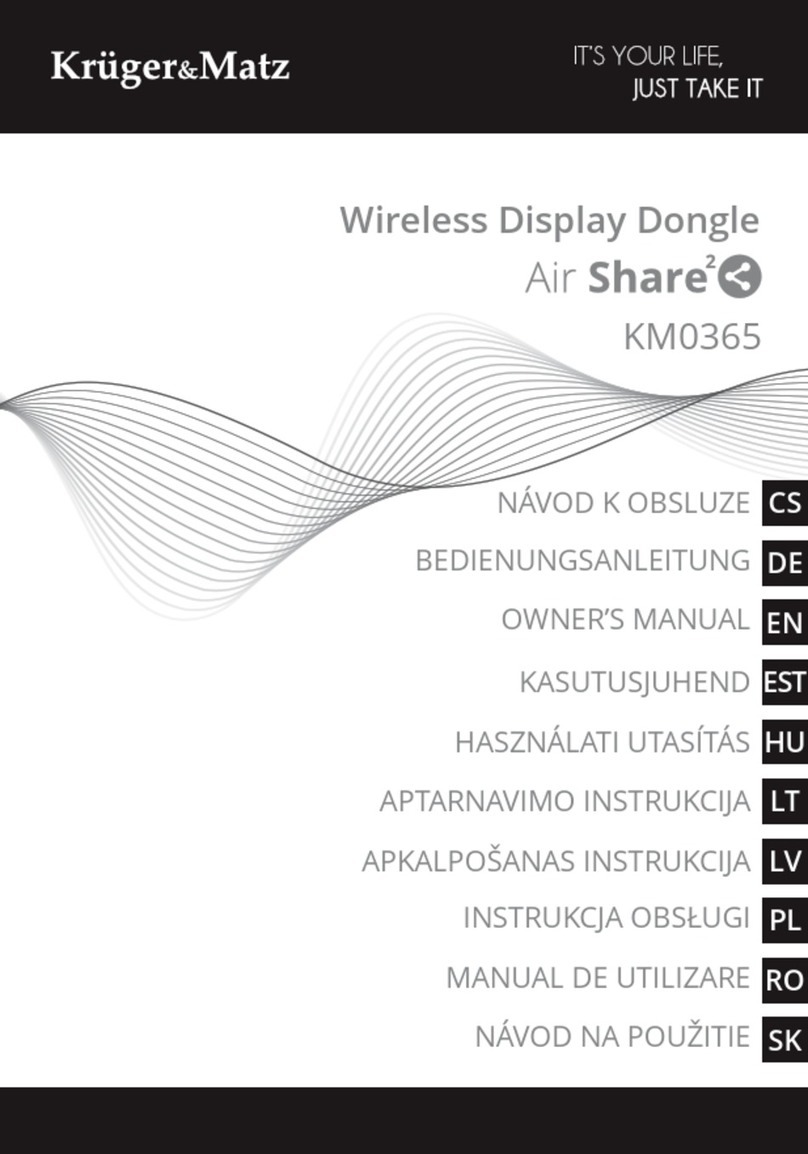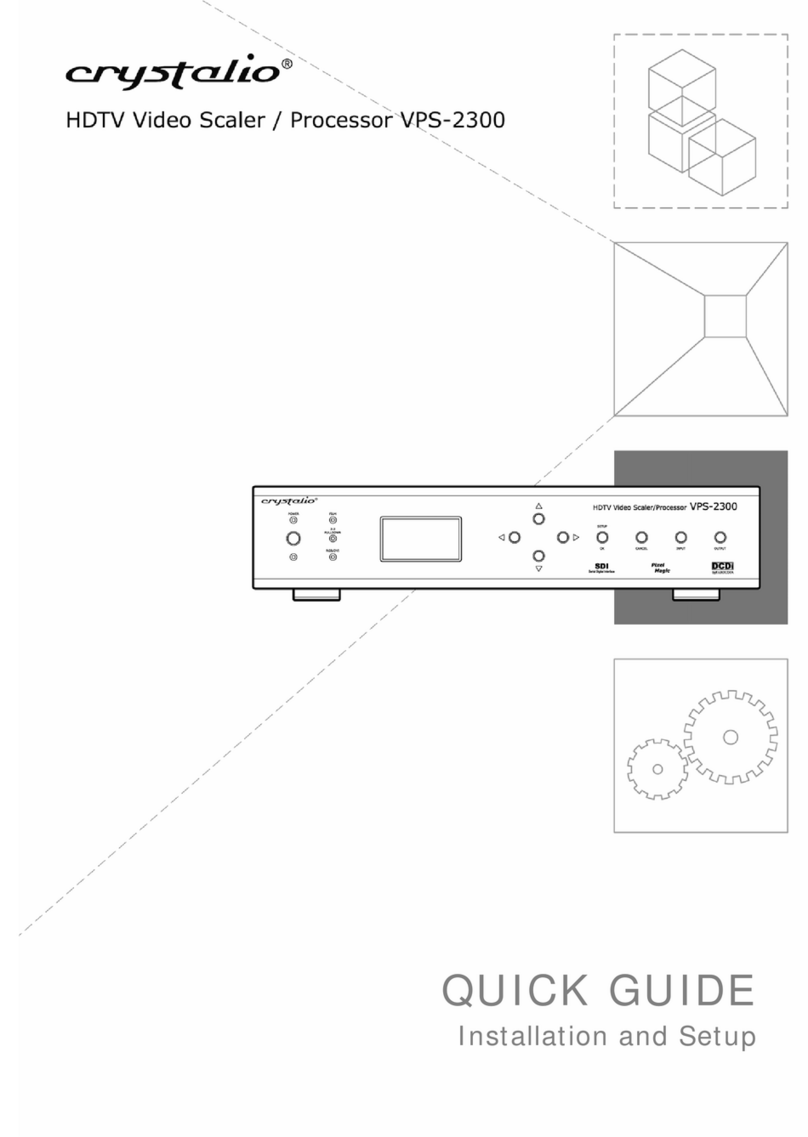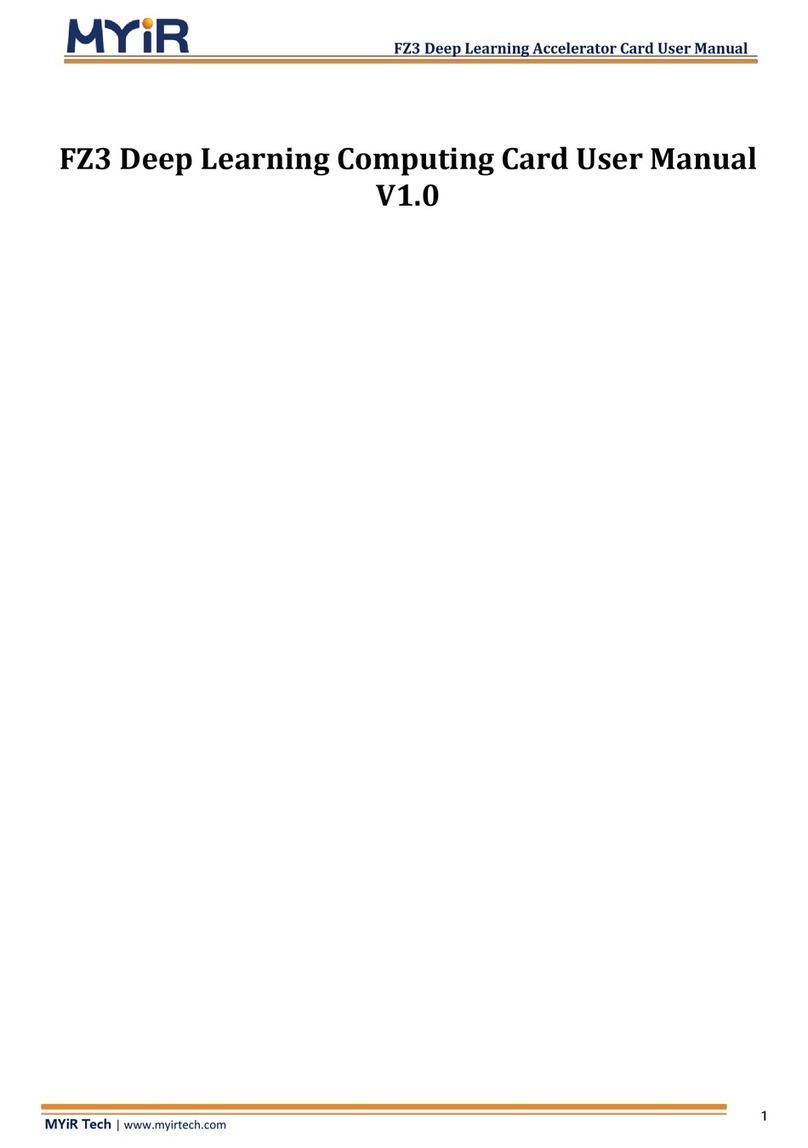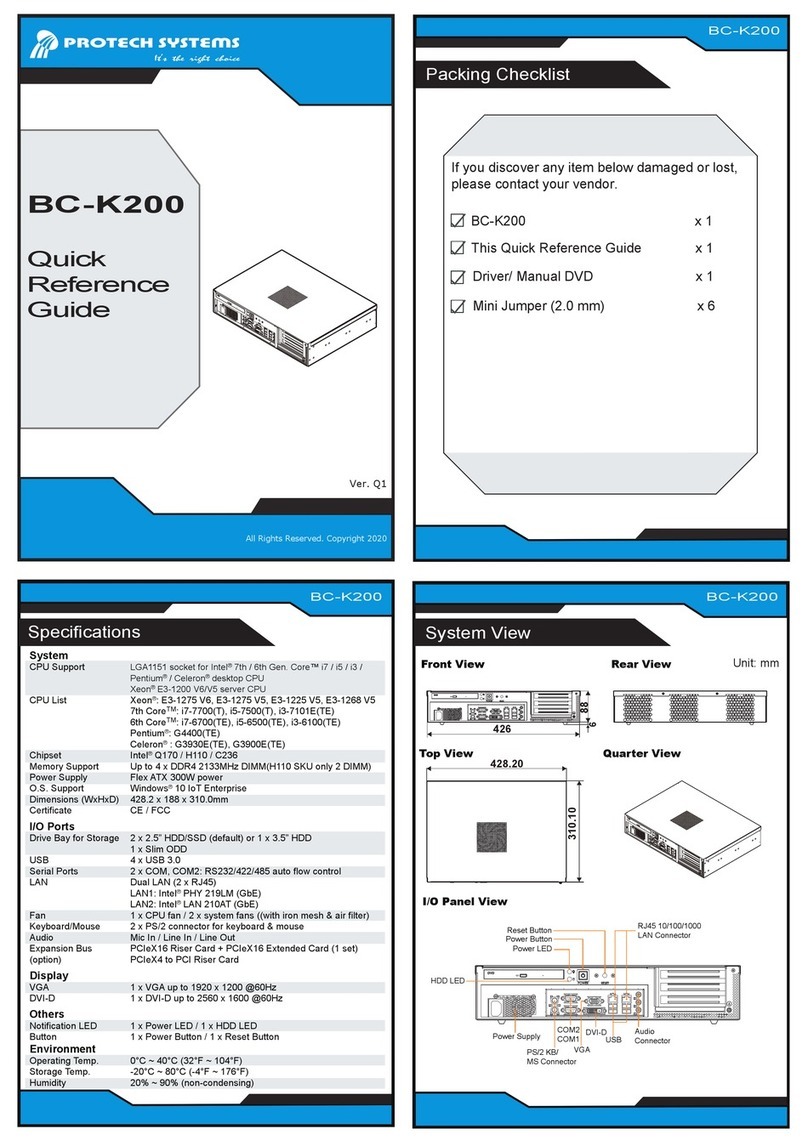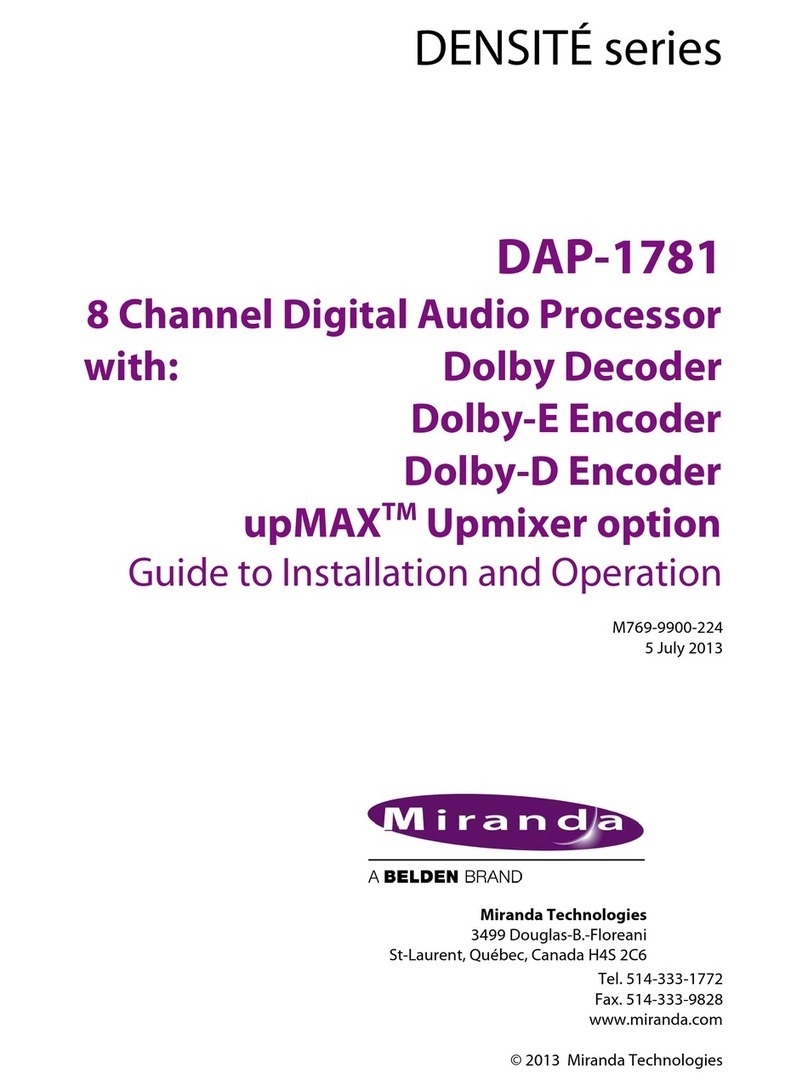
Contents
1 About the ProtoCessor 5
1.1 Certification 5
1.2 ProtoCessor Family of Modules 6
1.2.1 ProtoCessor (FPC-ED2) 6
1.2.2 ProtoCessor (FPC-ED4) 6
1.2.3 ProtoCessor (FPC-E03) 6
1.2.4 ProtoCessor (FPC-AD2) 6
2 Implement the ProtoCessor from a Hardware Perspective 7
2.1 How to Implement the ProtoCessor Socket on OEM Hardware 7
3 ProtoCessor Socket PCB Footprint – Layout 8
3.1 Pin Assignment 8
3.1.1 ProtoCessor TTL Socket for 2x10 Header Pins 8
3.1.2 ProtoCessor Pin Voltage Levels 9
3.1.3 ProtoCessor Pin Headers 9
3.2 Location of Pins on the ProtoCessor 10
3.2.1 FPC-AD2 10
3.2.2 FPC-ED2 10
3.2.3 FPC-E03 10
3.2.4 FPC-ED4 10
3.3 Standoff Dimensions 11
4 ProtoCessor Power Requirements 12
5 Implement the ProtoCessor from a Software Perspective 13
5.1 ProtoCessor Supported Host & Field Protocol Communications 13
5.2 ProtoCessor Device/Field Supported Protocols 14
6 How ProtoCessor Works 15
6.1 Introduction 15
6.1.1 Full Function ProtoCessor 15
6.2 Configuration File 16
6.2.1 Application Specific ProtoCessor (ASP) 17
6.2.2 How to Implement and Test Any ASP ProtoCessor 18
7 ProtoCessor Simple Protocol (PSP) Specification 19
7.1 Purpose of the Protocol 19
7.2 Protocol Description 19
7.2.1 Quick Start – Demonstrates the Simplicity of the Application 19
7.2.2 Serial Parameters 19
7.2.3 Message Structure 20
7.2.4 Binary Packed Messages 20
7.2.5 Payload Contents 20
7.2.6 Writing to Output Data Objects 22
7.3 Error Conditions 22
7.3.1 Format of the Error Response 22
7.3.2 Error Response Table 22
3 ProtoCessor Design Guide
